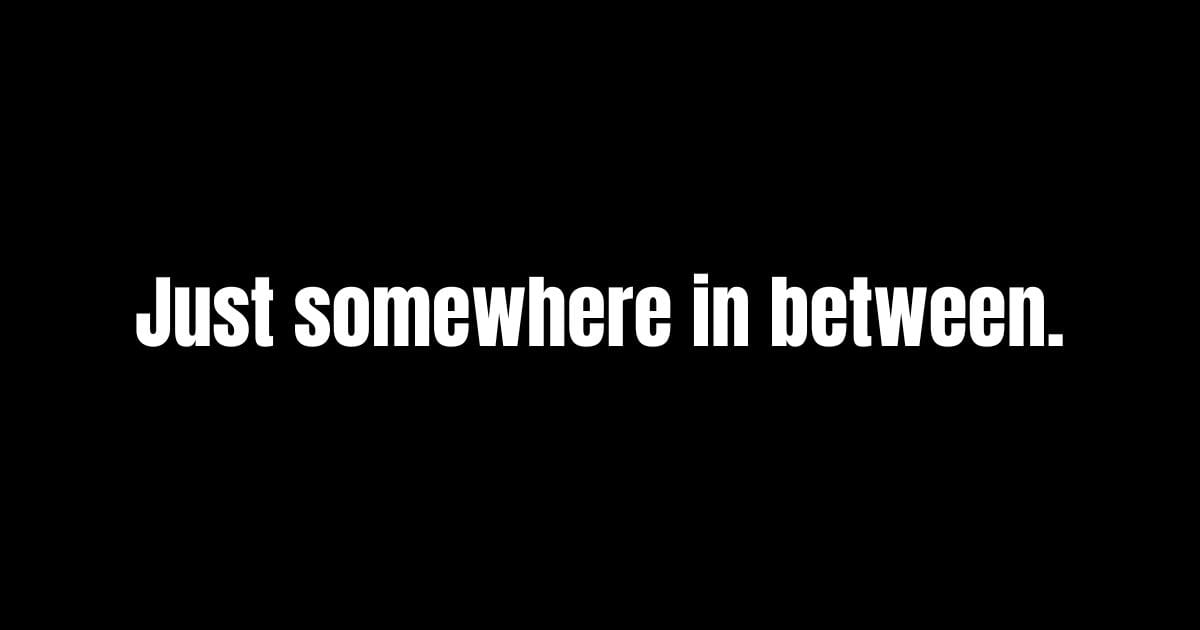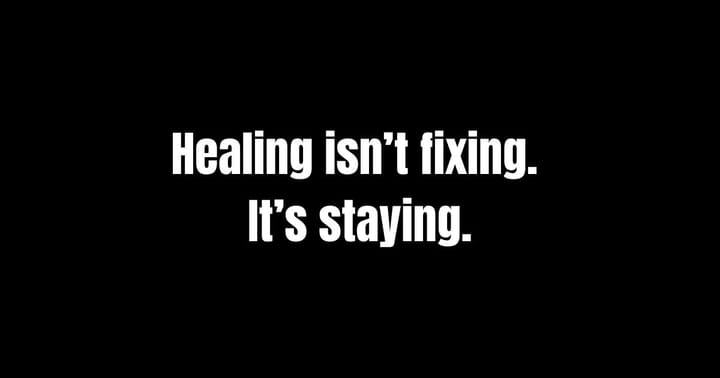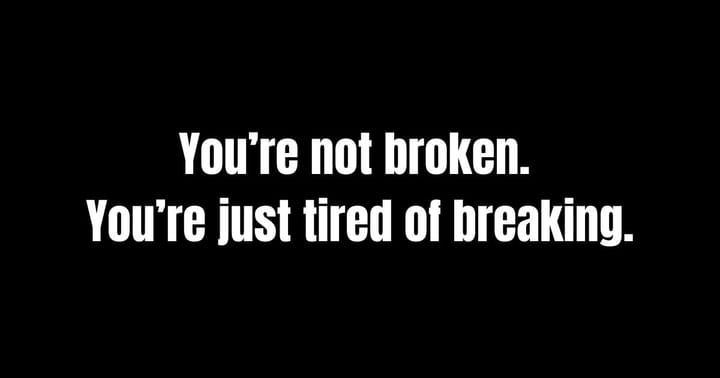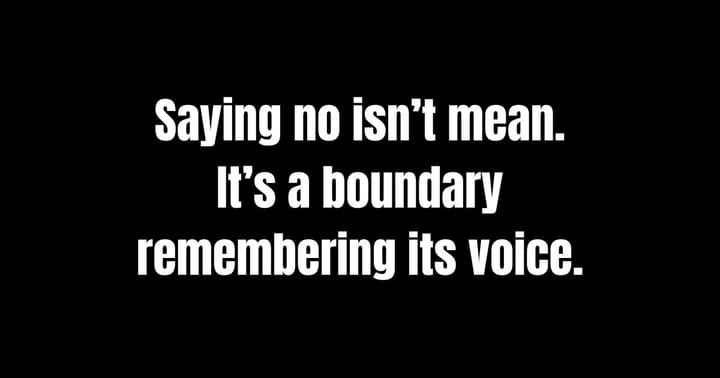How to Reconnect With Yourself (When You’ve Been on Autopilot)
You don’t need a retreat or a breakthrough to feel like yourself again. If you’ve been moving through life on autopilot, here’s what it really means to come back to yourself. Slowly, quietly, without the pressure to fix everything at once.

How to Reconnect With Yourself (When You’ve Been on Autopilot)
(And Why Coming Back to Yourself Doesn’t Need to Be a Grand Gesture)
Somewhere along the way, you got efficient.
You learned how to move fast, answer quickly, solve problems before they even landed.
It was a strength, at first. A survival skill. You got things done. You kept everything running. You didn’t stop to check if any of it felt right, because right didn’t matter as much as done.
But lately?
It’s starting to catch up with you.
It’s Not That Anything Is “Wrong”
You're not in crisis.
You haven’t fallen apart.
You’re still functional maybe even thriving, by someone else’s standards.
But your days feel like repetitions of each other.
You do what needs to be done, then you do it again and somewhere in the background, a quiet discomfort grows.
Not loud.
Not dramatic.
Just … off.
Like your life is happening a few inches in front of you, and you're always just trying to catch up to it.
Autopilot Feels Safer Than It Is
It’s subtle.
The way you stop asking yourself what you want.
The way decisions start making themselves.
You reach for your phone before your eyes are fully open.
You eat at your desk.
You fill the silence with noise, because silence asks questions.
And the deeper into autopilot you go, the easier it is to confuse momentum for meaning.
You’re still moving but are you present?
Or just performing presence so no one knows you’re not really there?
Coming Back to Yourself Doesn’t Require a Grand Exit
You don’t need to quit your job.
You don’t need to delete your accounts.
You don’t need to go find yourself on a mountaintop.
Coming back to yourself starts with smaller things.
The kind no one sees but you.
Finishing a task without opening five new tabs.
Eating without a screen.
Sitting in your car for two minutes longer than you need to, just to breathe.
It’s not about changing your life overnight.
It’s about changing your point of contact with it.
You Won’t Feel a Big Shift at First—That’s Not the Point
There’s no instant clarity.
No sudden rush of “There I am.”
It’s slower than that. And quieter.
But as you move through your day a little more awake, a little less reactive — you start to notice things.
That your tone softens when you speak to yourself.
That you actually taste your coffee.
That you feel the warmth of the water in the shower instead of just washing through it.
These things are small but they build something.
Not a new version of you.
Just the one that was always underneath the momentum.
This Isn’t a Return to Who You Were. It’s a Return to Presence.
You don’t have to recover your old self.
You don’t need to go back to some ideal version of you from before the burnout, before the stress, before the autopilot set in.
That person isn’t gone.
They’ve just been quiet.
Waiting.
And when you slow down enough to notice, they don’t need a performance.
They just need your attention.
So start with the smallest point of reconnection.
The part of you that knows what time the light hits your kitchen.
The part that sighs when you finally stop scrolling.
The part that breathes a little deeper when no one’s watching.
You’re not lost.
You’ve just been on autopilot.
You don’t need to do anything heroic to come home to yourself.
You just need to pause long enough to feel the landing.
Watch Next:
Notes to Self:
Read Next:






